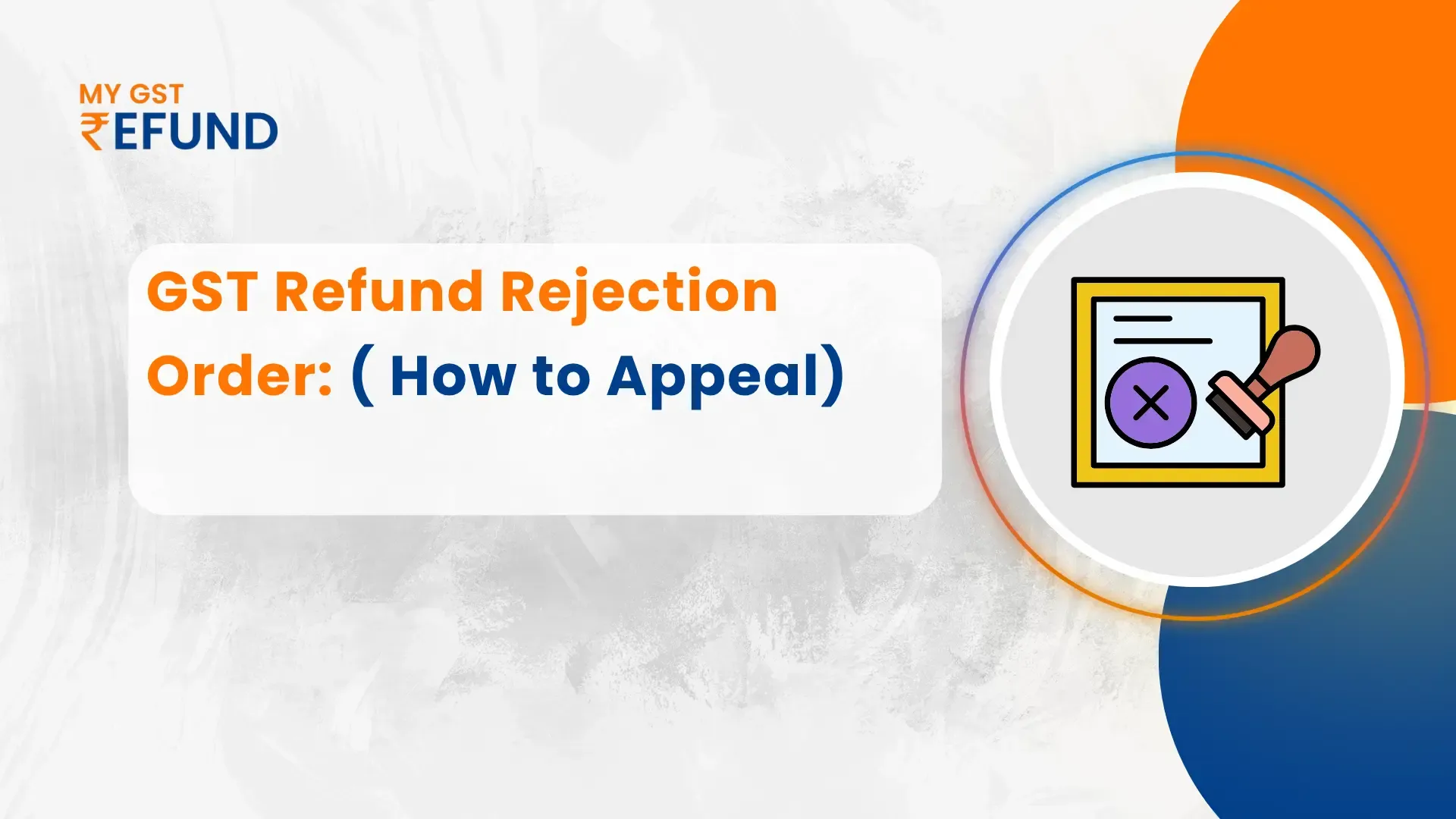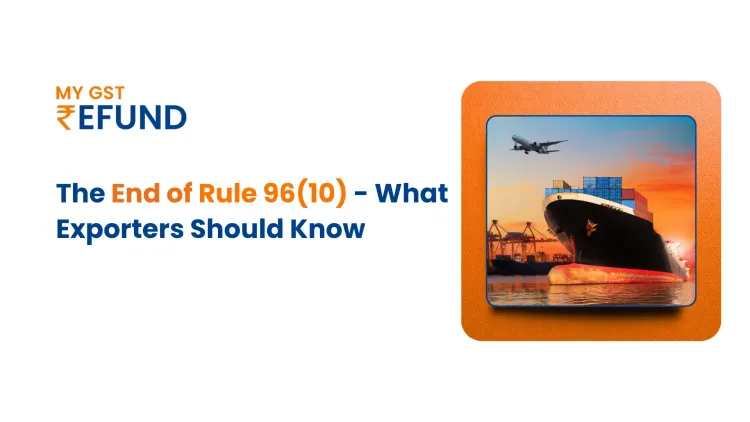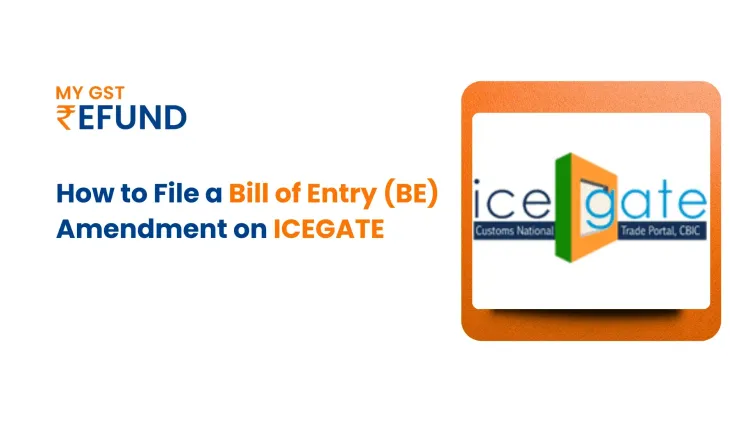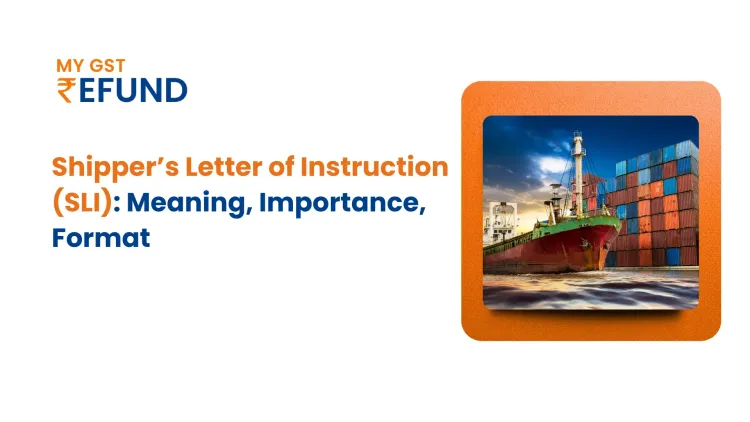GST Refund Rejection Order Explained: Reasons, Process & Appeal
Published on: Tue Oct 28 2025
Bio (Reveal/Hide)

GST Refund Rejection Order?
A GST Refund Rejection Order is a notice issued by GST authorities when your refund claim is denied due to errors, missing documents, or non-compliance.
How to Appeal a GST Refund Rejection Order
To appeal successfully, review the rejection reasons, gather required evidence, and file an appeal through the GST portal within the prescribed timeline (usually 3 months), citing legal provisions and supporting documents clearly
What Happens When Your GST Refund Is Rejected?
A Refund Rejection Order under GST is an official notice issued when a taxpayer’s refund claim is not fully accepted. The decision is communicated through prescribed forms such as RFD-06 (final refund order), RFD-08 (show cause notice), and RFD-09 (reply to notice). The proper officer reviews the claim, verifies documents, and then either approves, partially accepts, or completely rejects the refund.
What is the difference between partial and full refund rejection?
A denial of refund in full is when a company denies all of your requests for a refund. You receive no money.
Example: You purchase a package of software, and the store policy is "no refunds after download." You download it, decide you don't want it, and request your money back. The company employs the policy and denies you a full refund, meaning you receive ₹0 back.
A partial denial of a refund indicates that you do not fully approve your request. However, the company can give you a partial refund. Your request is "partially" denied because you're not receiving what you desired.
You buy a ₹100 book with a partially damaged cover. You request a full refund of ₹100 and want to return the book.
The company will not give you a full refund. Instead, they offer a ₹25 partial refund for the damage. You can keep the book.
Example: If a refund claim for an export without payment of tax is rejected, the taxpayer receives an RFD-06 stating the reasons and may appeal the order within the allowed time.
What is the Distinguish RFD-08 vs. RFD-06
RFD-08 (The Notice): This is the warning (Show Cause Notice). You don't appeal this; you reply to it using Form RFD-09.
RFD-06 (The Order): This is the final decision (Rejection Order). This is the document you formally appeal using Form APL-01.
Deficiency Memo (RFD-03): A fresh application is required for this request.
Common Reasons for GST Refund Rejection Order
GST refund claims may be rejected for several reasons. Understanding these can help taxpayers avoid errors and ensure smoother processing. The common reasons can be grouped into three categories:
A. Documentation Errors
- Missing or mismatched invoices.
- Incorrect export data (e.g., discrepancies in Shipping Bills).
- Mismatch between GSTR-1, GSTR-3B, and the refund application.
B. Ineligibility or Non-Compliance
- Claim filed after the prescribed time limit (2 years from the relevant date).
- Input Tax Credit(ITC) claimed is not eligible under the GST law.
- Refund claim not supported by proof of tax payment or export.
C. Procedural Issues
- Incorrect refund category selected (e.g., “export with tax payment” vs “without payment”).
- Errors in bank account details or PAN validation.
- Non-response to GST department notices within the stipulated time.
How to Appeal a Rejected GST Refund Order
If your GST refund claim is rejected, you have the right to appeal. Follow these steps for a smooth process:
Step 1: Review the Rejection Order
Carefully analyze the remarks and reason codes provided by the proper officer in Form RFD-06 or RFD-08. Understanding the exact reason for rejection is crucial before filing an appeal.
Step 2: File an Appeal under GST Section 107
The appeal must be filed within 3 months from the date the rejection order is communicated.
- Use Form GST APL-01 on the GST portal to submit your appeal.
Step 3: Submit Supporting Documents
Attach all relevant evidence, such as:
- Grounds of appeal
- Corrected invoices or documents
- Explanations for earlier discrepancies
- Proper documentation strengthens your case significantly.
Step 4: Attend the Hearing
The appellate authority may schedule an in-person or online hearing to review your appeal and seek clarifications.
Step 5: Wait for Appellate Decision
The authority may:
- Accept the appeal fully
- Partially approve the refund
- Reject the appeal further
Tips to Avoid GST Refund Rejection in the Future
- Maintain accurate records and reconcile monthly.
- Double-check refund category and filing deadlines.
- Keep all export and tax payment proofs ready.
- Respond promptly to notices from the department.
GST Refund & Appeal Forms: RFD-06, RFD-08, and APL-01 Explained
RFD-06 (Final Rejection Order): Official notice issued when a GST refund claim is fully or partially rejected. It specifies the reasons for rejection.
RFD-08 (Show Cause Notice): Issued by the proper officer before final rejection, requesting the taxpayer to explain discrepancies or provide missing documents.
APL-01 (Appeal Form): Form used to file an appeal against a rejected GST refund under Section 107 of the CGST Act. Filing this requires a mandatory pre-deposit of 10% of the disputed tax.
Mandatory Pre-Deposit for GST Refund Appeal
Requirement: Pre-deposit is mandatory under Section 107 to file an appeal.
Amount: 10% of the disputed tax must be paid upfront.
Purpose: Ensures the appeal is valid; prevents automatic rejection.
Form: Required while filing GST APL-01 on the GST portal.
Tip: Keep proof of payment ready for submission or a hearing.
Conclusion
A refund rejection under GST is not an outcome. Taxpayers retain the right to appeal and present additional evidence to support their claim.
Engaging qualified professionals can help ensure a well-structured appeal and a smoother resolution process.
Frequently Asked Questions
Q1. What form is a GST refund rejection order?
A. The final GST refund rejection order is issued in Form RFD-06. This is preceded by a show-cause notice in Form RFD-08.
Q2. Can I reapply after a refund rejection?
A. Yes, you can appeal the rejection; you cannot simply reapply the same claim.
Q3.What is the time limit to appeal a GST refund rejection?
A.Time limit to appeal GST refund rejection. Within 3 months from the date of the rejection order.
Related Posts





